The American brand needs no introduction. And for those who don't know, JBL is one of the leading brands in the audio market and has been owned by the giant Samsung for several years. Now, and this is one of JBL's strengths, is that the American manufacturer remains completely independent, which allows them to have their own release schedule. It was also last January at CES 2025 in Las Vegas that JBL officially unveiled their new high-end headphones, the Tour One M3.
If we're only talking about it now, it's because the JBL Tour One M3 is now available, and has been since mid-April. The high-end audio headphone market is obviously ultra-competitive with renowned competitors like Sony, Bose, Apple, and Sennheiser. Also, JBL will have a lot to do to stand out and it is perhaps through a small additional box, the Smart Tx, that the American manufacturer will succeed in the feat of making its new headset different from its competitors with a real plus! We've been using the JBL Tour One M3 for several weeks now and here's our review.
Presentation and characteristics of the JBL Tour One M3
Presented during CES 2025 at the beginning of the year, the JBL Tour One M3 headphones aim to compete with leading brands such as Sony, Bose, and even Apple. Also, the American manufacturer's headphones have a surprisingly understated design compared to what we're used to seeing from JBL. We're definitely not displeased. Available in black or mocha, the JBL Tour One M3 features a premium finish with a slight satin finish. So don't get us wrong, it's not a mirror finish like some competitors and can wear out relatively quickly over time. This satin finish may not appeal to everyone, and we were among those who had some doubts about it, but in the end, we were pleasantly surprised.
With the JBL Tour One M3, it's not a matte finish like we're used to seeing, and on our Mocha version, we appreciated its finish. And during our daily tests, the feedback was more than positive overall. The headphones remain discreet, which is what we appreciate on high-end headphones. Of course, we are still dealing with polycarbonate (or plastic to put it simply), but like its competitors, it remains quality plastic which will not, in principle, age prematurely.
On the head, the JBL Tour One M3 is extremely light (278g) and having used it during long flights, we forget about it quite quickly. The headset fits tightly enough to the head so it doesn't slip and, above all, it's really comfortable; you don't feel any pressure on your ears since the earpieces completely surround them.
On the technical side, we find fairly standard functions on this type of headset. We thus have a USB-C port that will not only be used for charging but also to transmit audio via a USB-C to Jack cable or a USB-C to USB-C cable. Yes, with a built-in DAC, we note that the JBL Tour One M3 can be used via a USB-C port in addition to a Jack port. Practical. It should also be noted that all cables are provided and not optional like with Apple for example. The controls are fairly standard and everything can be configured via the smartphone application (iOS or Android). Alongside this, we find Bluetooth 5.3 and multi-point but also technologies like Auracast technology. Now, you will need Auracast sources to take advantage of it and for the moment, this is not common. Basically, for those who haven't followed everything, Auracast technology allows you to broadcast audio via Bluetooth, a bit like a radio station but via Bluetooth. This can be useful during conferences and other gatherings.
As for the battery and autonomy, we're looking at a good performance since JBL promises up to 40 hours of autonomy with Active Noise Cancellation and 70 hours without. We didn't go scientifically to measure it, but with a round trip of more than 10 hours and a week on the road, we didn't even have to recharge. When we returned, there was about 20% battery left. And speaking of charging, it takes 2 hours to fully recharge the headset.
The Smart Tx is just an accessory and yet it changes everything!
While the JBL Tour One M3 is available in a very classic “naked” version, it’s the “Smart Tx” version that interests us the most. Indeed, in this version which costs a little more, the JBL Tour One M3 comes with a small additional box, the Smart Tx. This box, which integrates a control screen, allows you to connect the JBL Tour One M3 to any audio source. So, if you can use a cable directly from the headset, the advantage of the Smart Tx allows you to do without a cable on the headset itself, which allows more freedom of movement. We are thinking in particular of use in the airplane for example. You just have to connect the Smart Tx to the screen of your seat and the JBL Tour One M3 will connect wirelessly to it. Practical.
But that's not all since the Smart Tx allows you to broadcast in Auracast and then, if several of you have compatible headsets (Sennheiser, JBL, etc.), you can all listen to the same source, which can be really practical for sharing a sound, a film, etc. Let's imagine, for example, broadcasting a film on a screen in the garden and instead of having a speaker capable of satisfying an entire assembly, everyone can use their Auracast-compatible headphones or earphones to benefit from better sound. And finally, remember that the screen allows you to control all the headset settings without going through the mobile application, which can be useful. In the end, we prefer to say that the Smart Tx is not necessarily the most essential accessory in music but clearly, when you have it, it is a real plus.
Active noise cancellation and Sound
Even if we are in the high-end sector, the competition is very very strong with major players like Sony, Sennheiser, Bose or even Apple. Also, JBL had to offer the most efficient active noise cancellation and especially capable of competing with its competitors. Also, there are no less than 8 microphones on the JBL Tour One M3. There are 4 on each side and the headphones thus offer active and adaptive noise cancellation. If we tend to prefer to stay in our bubble, the adaptive side allows us to adapt according to the environments. We did not make scientific measurements but we were able to test the JBL Tour One M3 on the Eurostar, a long-haul plane and it is very effective. It's hard to make a direct comparison that would result in a winner, but our tests place the JBL Tour One M3 on the same level as its direct competitors, which is no small feat.
Noise reduction also means Transparency mode (Ambient Aware), and on this point, JBL does quite well with a relatively natural sound, very similar to what the best in the field offer. Via the iOS or Android app, but also via the Smart Tx, you can of course customize the level of Transparency mode. Additional options include adjusting transparency during phone calls or automatically pausing music when Transparency mode is activated. And speaking of calls, the JBL Tour One M3 is equipped with 4 adaptive beamforming microphones. And because it's 2025, the AI monitors the environment and tries to eliminate echoes and ambient noise. Practical. In addition, through the JBL app, you have access to options such as Voice Aware technology, which allows you to personalize the user's voice during calls.
Sound-wise, when you think of JBL, you automatically think of consumer-oriented sound! But to our surprise, the JBL Tour One M3 offers a rather neutral sound and less “boom-boom” than expected. To be honest, there might still be a bit too much bass for the most audiophiles, but from our daily tests, we think that the JBL sound should please a very large majority of users. Now, the most purists will be able to customize the 12 equalizers that are just waiting for it. In addition, JBL integrates Personi-Fi 3.0 technology which allows you to personalize the headphones according to your own ears. A bit like Apple's AirPods Pro 2, this allows for better balance of the sound output. And that's not all, because it's 2025, the JBL Tour One M3 offers spatial sound with tracking of the user's head movements. Some love this feature, others don't.

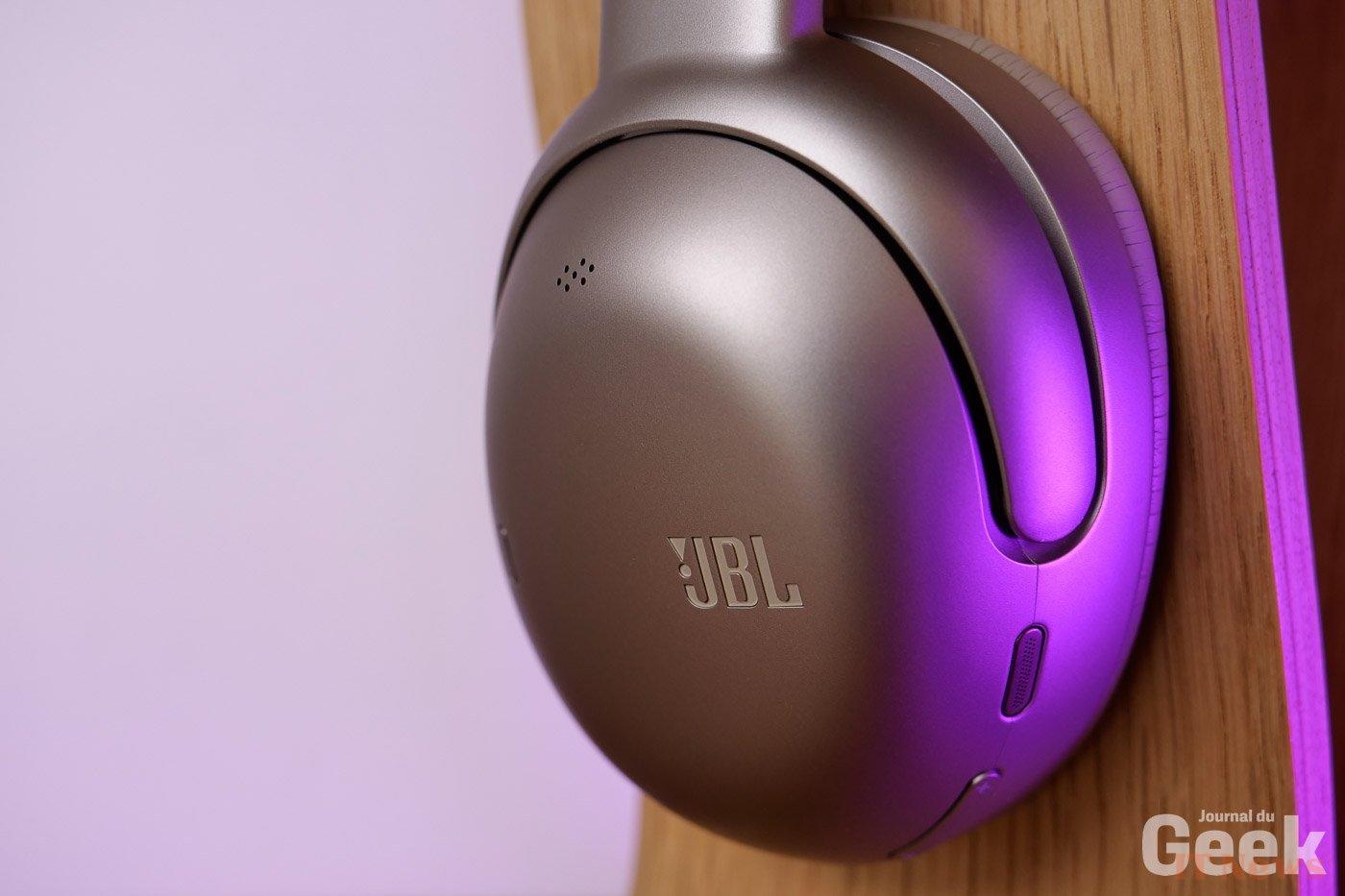
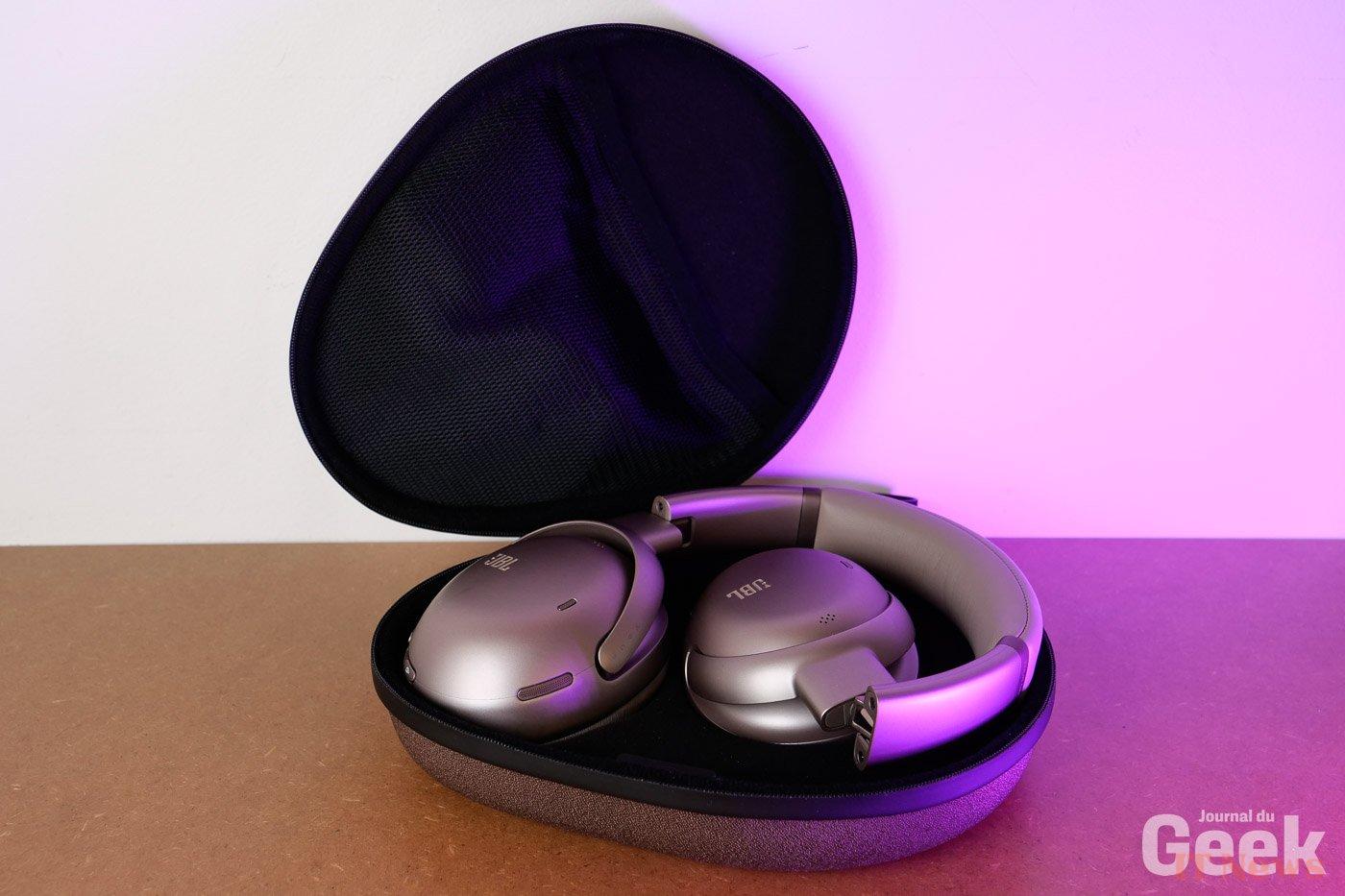
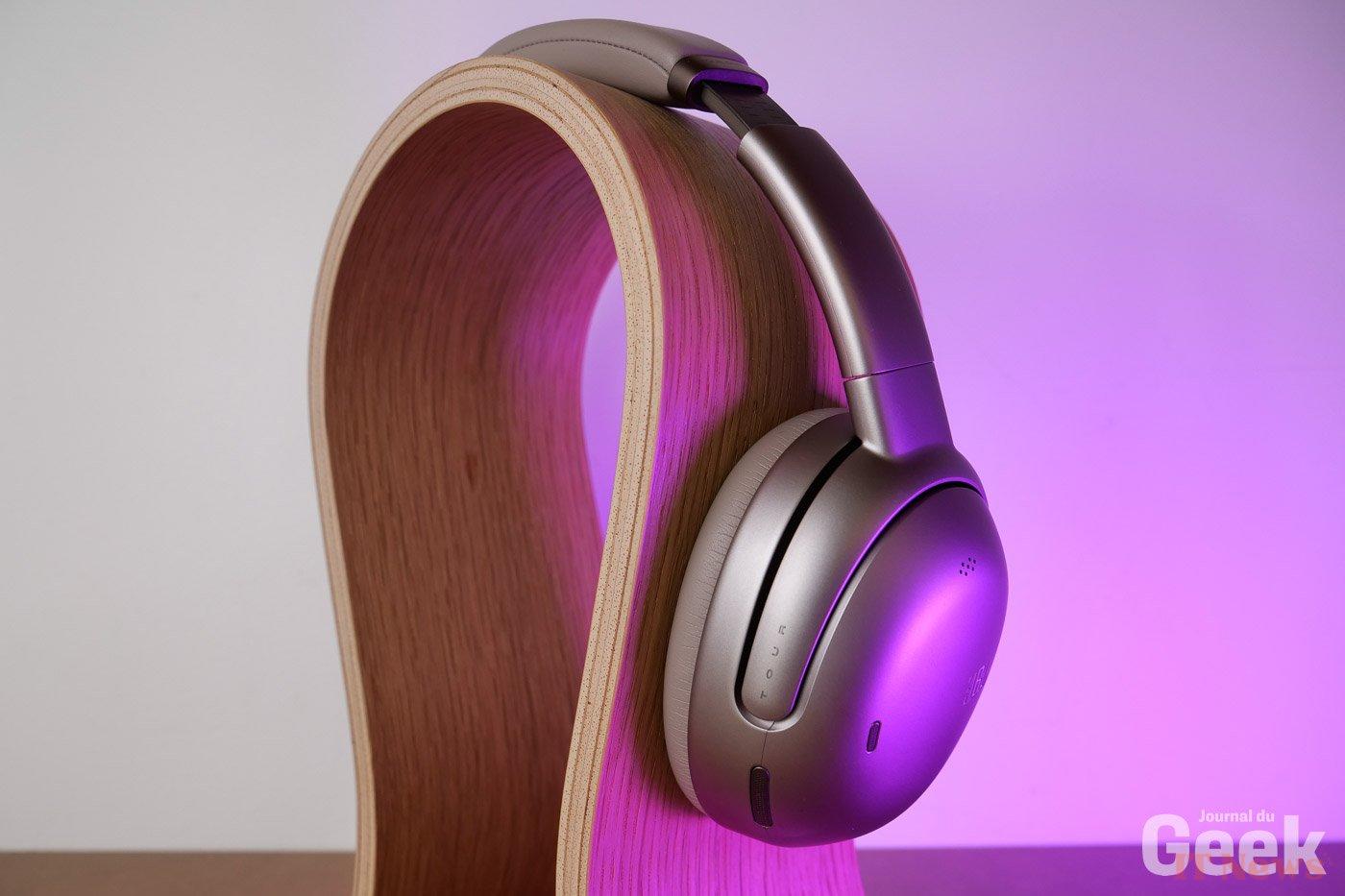
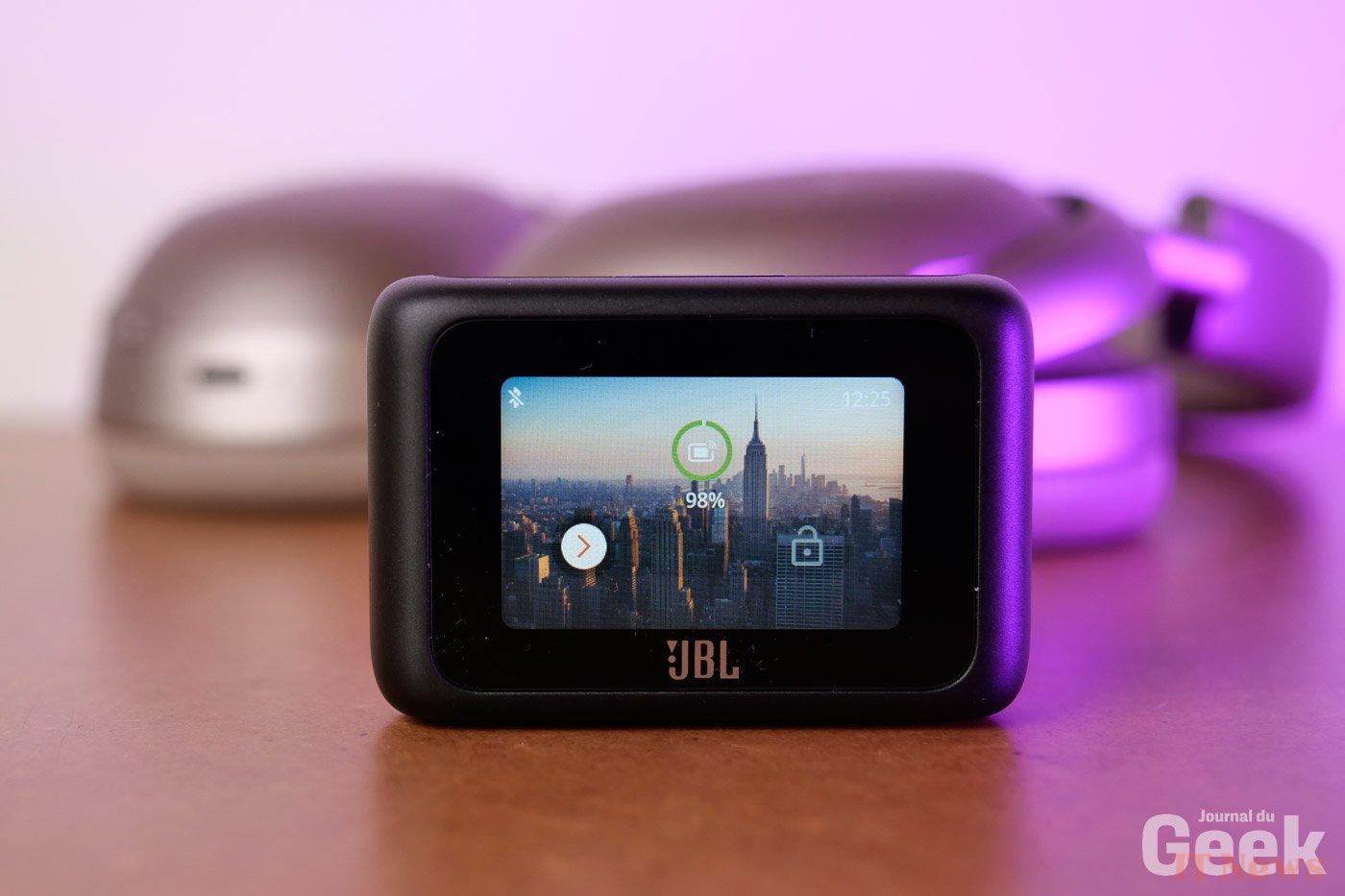
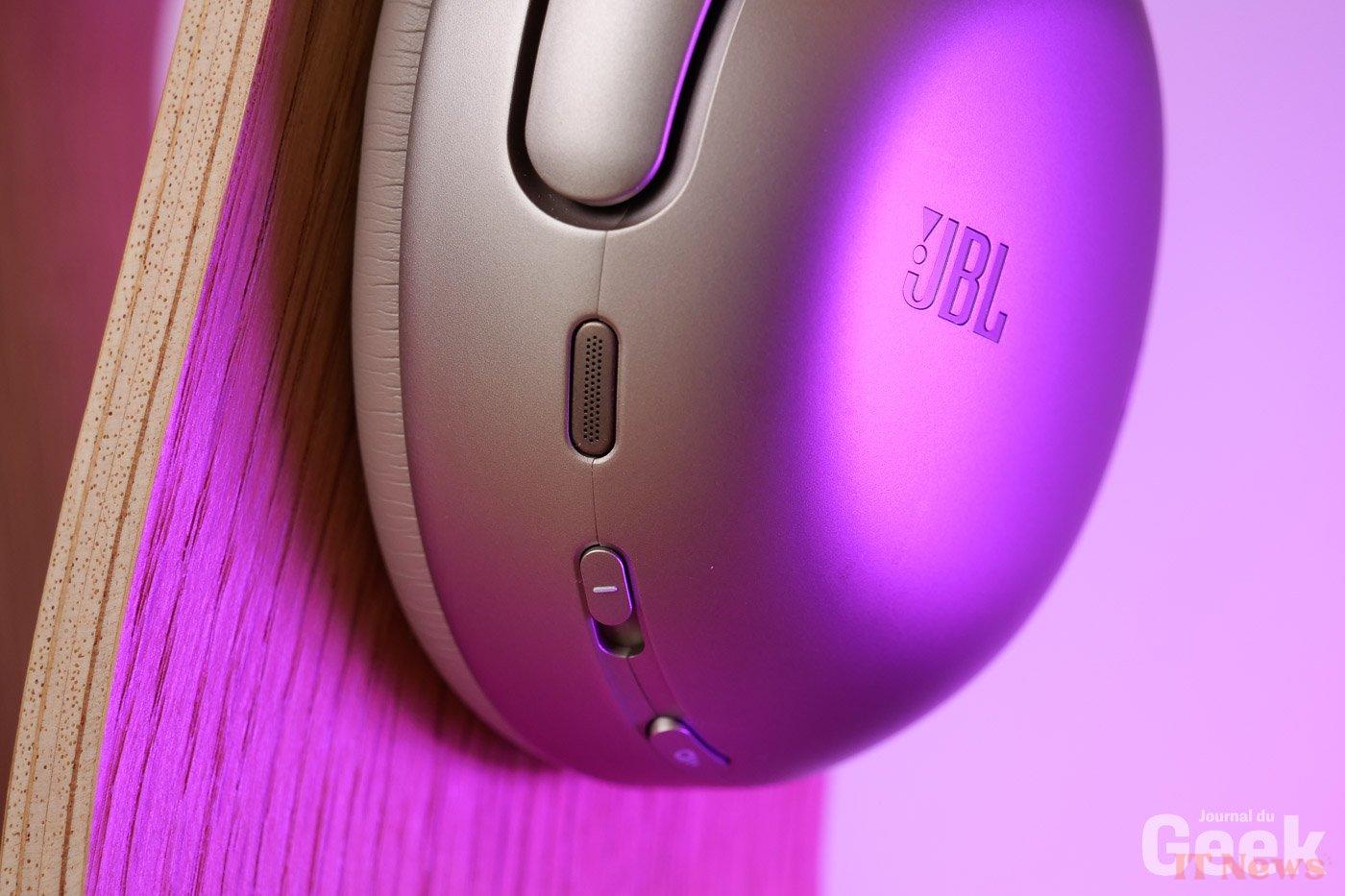
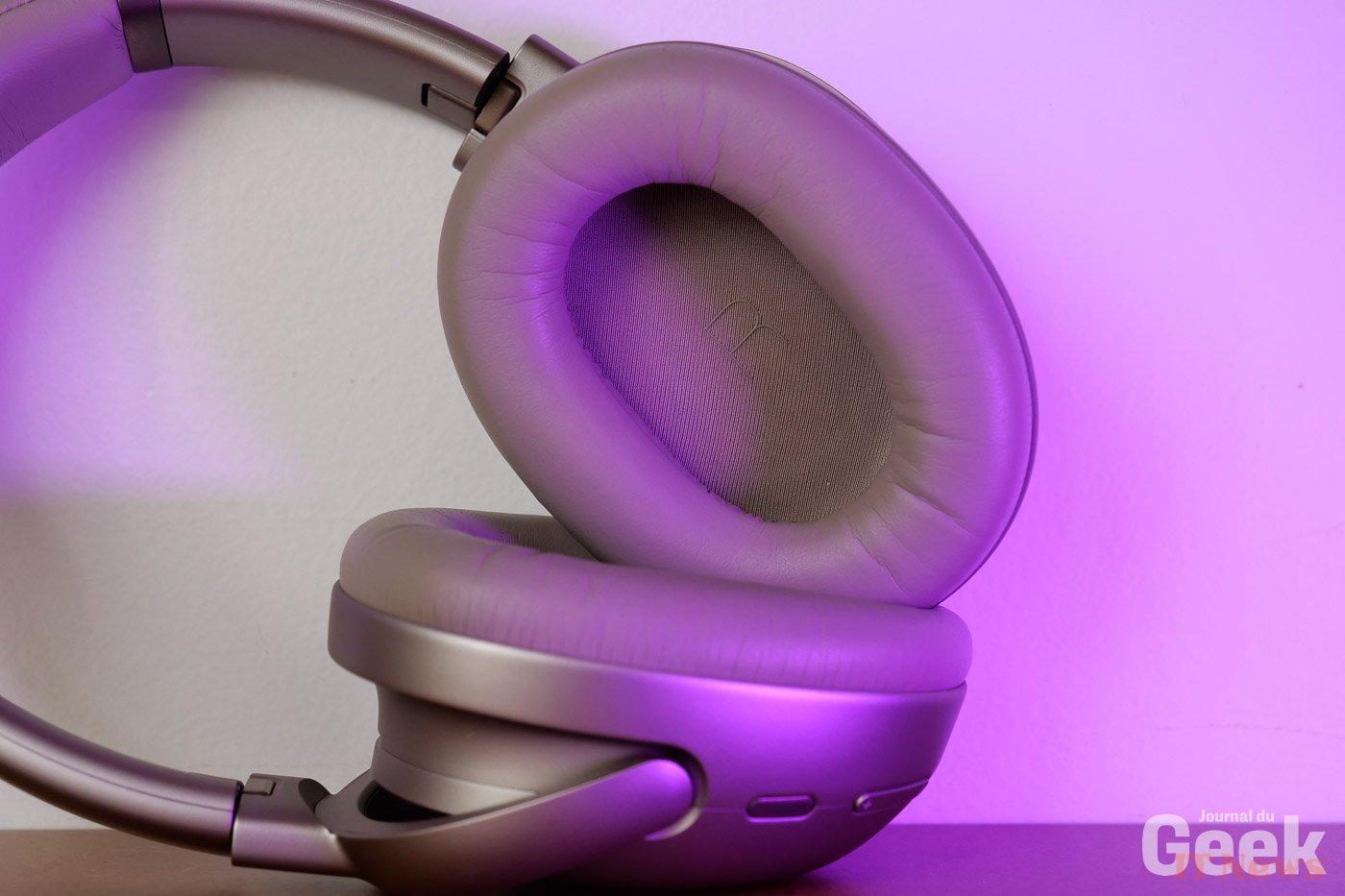

0 Comments